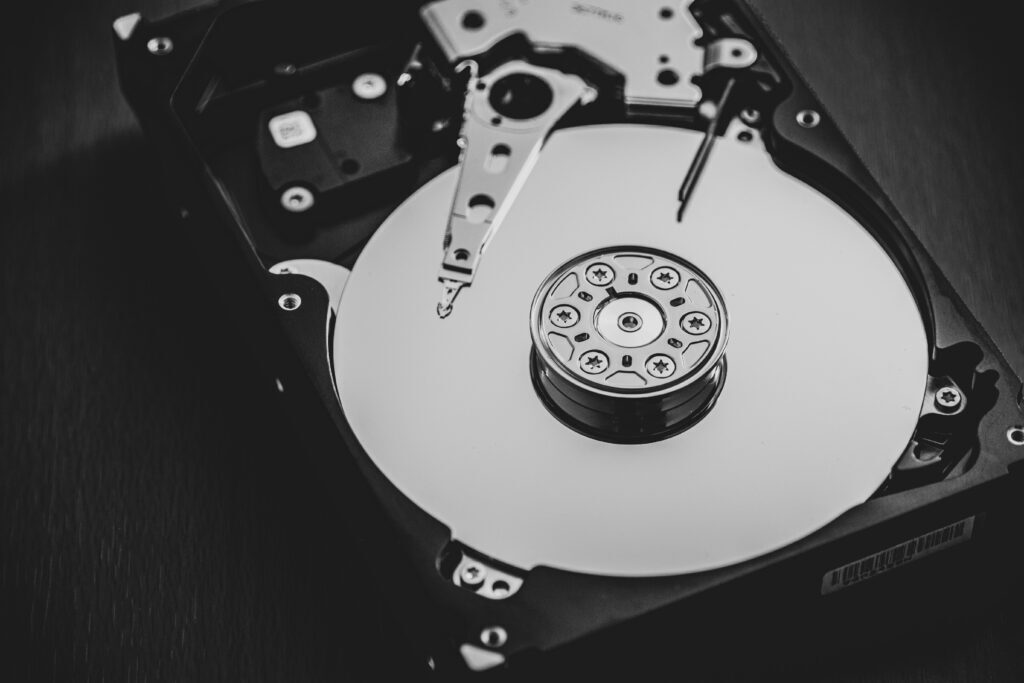In today's digital world, our data is more valuable than ever. Despite modern SSD drives and cloud storage solutions, a well-thought-out backup strategy remains essential. In this article, we examine why backups are important even in the era of reliable technology and how you can optimally protect your data.
The Need for Backups in the Era of SSD Drives
Modern SSD drives have significantly improved the reliability of data storage. Compared to traditional hard drives, they are more robust, faster, and less susceptible to mechanical failures. This has led to hard drive failures becoming much rarer.
Nevertheless, SSDs are not infallible either. Electronic components can fail, and human errors such as accidentally deleting files remain a risk. Therefore, it's important not to forgo backups despite improved technology.
The Role of Cloud Storage Solutions
Cloud storage services like iCloud, Dropbox, Google Drive, and OneDrive have revolutionized how we share and synchronize data. They allow us to access our files from anywhere and easily share them between different devices.
However, it's important to understand that cloud storage is primarily designed for synchronization and data exchange – not as a complete backup solution. For example, if you delete a file on one device, it's typically also removed from the cloud and all other synchronized devices.
Backup Strategies for Mac Users

For Mac users, Apple offers an integrated and user-friendly backup solution with Time Machine. Time Machine automatically creates hourly, daily, and weekly backups of your entire system to an external hard drive.
The advantages of Time Machine:
- Automatic backups: After setup, Time Machine works completely in the background
- Version control: You can restore previous versions of files
- System recovery: In an emergency, you can restore your entire system
- Easy operation: The user interface is intuitive and easy to understand
Misconceptions About Backups
A common misconception is that cloud storage represents a complete backup solution. Many users rely exclusively on services like iCloud or Dropbox without realizing that these are primarily designed for synchronization.
A true backup should have the following characteristics:
- Exist independently from the main system
- Be updated regularly and automatically
- Keep multiple versions of files
- Be protected from accidental deletion
- Ideally be kept at a different physical location
Personal Backup Strategies
A proven backup strategy is the 3-2-1 rule:
- 3 copies of your data: The original plus two backups
- 2 different media types: For example, internal SSD and external hard drive
- 1 backup off-site: For protection against physical damage such as fire or theft
My personal strategy uses at least two independent backup drives that are updated weekly in rotation. This means that in the worst case, I'm prepared to manually reconstruct up to seven days of work. For most use cases, this is an acceptable risk.
Rotating backup drives has additional advantages:
- Protection against simultaneous failure of both backup media
- One drive can be kept off-site
- Distribution of wear across multiple media
- Additional security through time-delayed backups
Conclusion: The Importance of a Well-Thought-Out Backup Strategy
Despite improved technology and cloud services, a well-thought-out backup strategy remains essential. The combination of local backups (like Time Machine) and cloud storage offers the best protection for your valuable data.
Key insights:
- SSD drives are more reliable but not infallible
- Cloud storage is not a complete replacement for backups
- Use automatic backup solutions like Time Machine
- Use multiple backup media
- Keep one backup off-site
- Test your backups regularly
Remember: A backup is only valuable if you can actually restore it in an emergency. Therefore, regularly check whether your backup strategy works and your most important data is actually secured.
